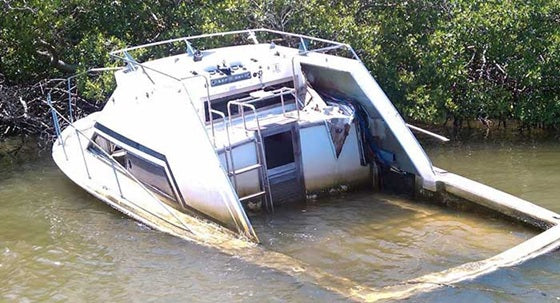
Choosing the Right Bilge Pump Size – A Guide for Boaters
How to Choose the Right Size Bilge Pump for Your Boat
A bilge pump is one of the most important safety components on any boat. Whether you're facing heavy rain, hull leaks, or rough waters, having the correct bilge pump ensures efficient water removal, keeping your vessel safe and dry. But how do you determine the right size pump for your boat? Let’s dive into the essentials!
Why Bilge Pump Size Matters
Choosing the right size pump ensures that water is removed quickly before it can cause damage or instability. An undersized bilge pump may struggle to clear water fast enough, while an oversized pump can drain excess power and may not function efficiently within your bilge space.
Key Factors to Consider When Choosing a Bilge Pump
1. Boat Size & Type
The size and type of your boat largely determine the required Gallons Per Hour (GPH) rating.
Here’s a general guideline:
• Small Boats (Under 16 ft) → 500-1,000 GPH
• Medium Boats (16-26 ft) → 1,000-2,500 GPH
• Large Boats (Over 26 ft) → 3,000+ GPH
2. Typical Water Intake
Consider the conditions your boat faces:
• Calm waters & occasional rain? A standard bilge pump should suffice.
• Heavy offshore use or rough seas? A high-capacity pump with backup systems is advisable.
3. Automatic vs. Manual Pumps
• Automatic Bilge Pumps: Activate when water is detected. Ideal for unattended drainage.
• Manual Bilge Pumps: Require activation but provide greater control over water removal.
4. Hose Size & Pumping Efficiency
Your hose diameter affects the pump’s performance. Matching the right hose size (¾”, 1”, 1 ½”) ensures optimal flow rate and prevents clogs.

5. Power Source & Battery Capacity
Higher GPH pumps consume more power. Ensure your boat's battery system can handle the load without draining essential power for navigation or communication.
Best Practices for Bilge Pump Installation
• Install multiple pumps for redundancy.
• Position pumps at the lowest bilge point for maximum drainage.
• Use a strainer or filter to prevent debris from clogging the system.
• Test your bilge pump regularly to ensure it’s working properly before setting sail.
Final Thoughts: Choosing the Right Bilge Pump
Picking the correct bilge pump is vital for boating safety. Match your boat size, typical water conditions, and power capacity to the right pump and always test your system before heading out. Whether you choose automatic or manual, ensuring proper installation and maintenance will keep your boat safe and dry.
Need a quality bilge pump? Browse top-rated options at theonlinefishingstores.com for the best fit for your boat!

